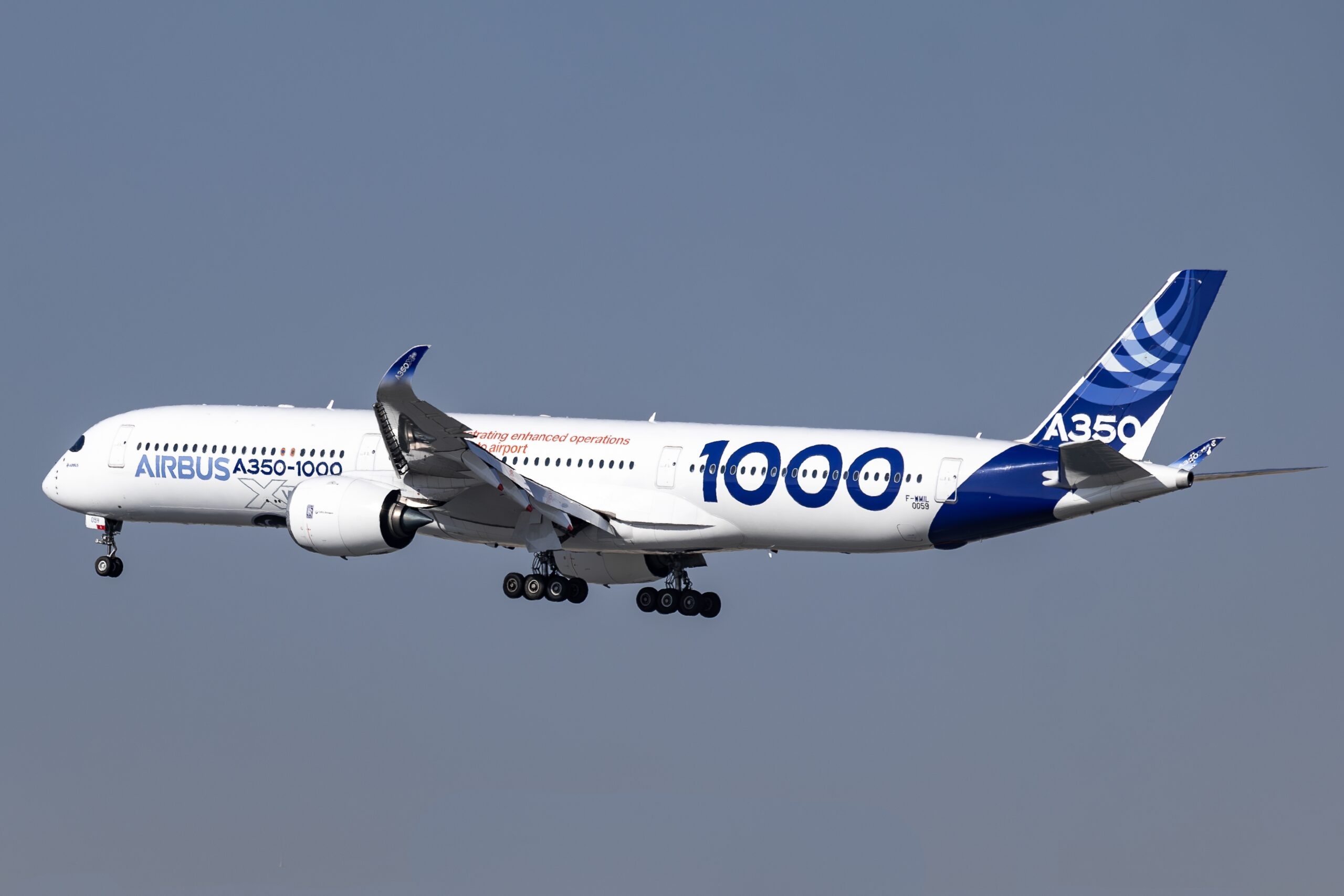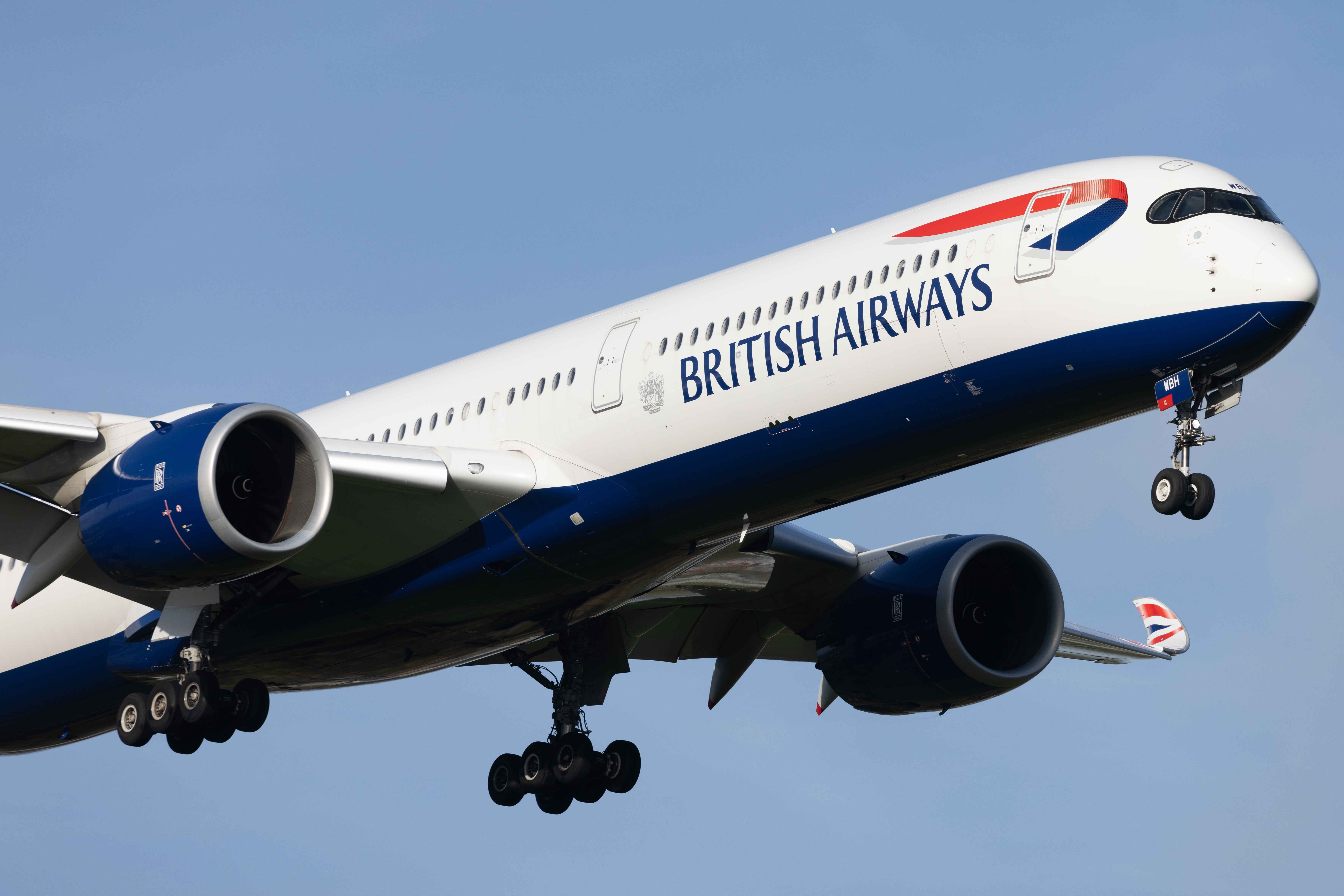Control Performance Method
Control Performance Method
The Control Performance Method (CPM) is a powerful tool in the field of industrial automation and control. It focuses on enhancing the performance of control loops in process industries. This method involves monitoring and analyzing control systems to ensure optimal performance.
Understanding the Basics
CPM revolves around evaluating control loop performance, identifying issues, and implementing corrective actions. Control loops regulate processes ensuring they operate within set parameters. Performance can degrade over time due to various factors.
Components of Control Performance Method
- Data Collection
- Performance Analysis
- Issue Diagnosis
- Corrective Actions
Data Collection
Data collection is the first step. It involves gathering data from various sensors and control systems. Accurate data is crucial for effective performance analysis. Use of advanced sensors and data loggers can improve the reliability of collected data.
Performance Analysis
Performance analysis involves evaluating the collected data to assess the control loop’s effectiveness. Various statistical and computational methods are employed. These methods help in determining whether the system operates within desired limits.
- Statistical Process Control (SPC)
- Control Charts
- Benchmarking
Statistical Process Control
SPC utilizes statistical methods to monitor and control processes. It helps in identifying variations that might indicate potential issues. Regular monitoring ensures that the process remains stable and within prescribed limits.
Control Charts
Control charts plot process data over time. They help in distinguishing between normal variations and deviations. This visual representation aids in quick identification of performance anomalies.
Benchmarking
Benchmarking compares performance against set standards or industry best practices. It helps in identifying areas where the control loop might be underperforming. Effective benchmarking requires clear and achievable performance targets.
Issue Diagnosis
Once performance issues are identified, the next step is diagnosis. This involves determining the root cause of the problem. Common tools include:
- Root Cause Analysis (RCA)
- Fishbone Diagrams
- 5 Whys Technique
Root Cause Analysis
RCA helps in systematically identifying the primary cause of a problem. Addressing the root cause ensures long-term solutions rather than temporary fixes. Collecting accurate data is essential for successful RCA.
Fishbone Diagrams
Fishbone diagrams, or cause-and-effect diagrams, visualize the possible causes of a problem. They break down the main issue into various contributing factors. This helps in a comprehensive analysis of potential problem sources.
5 Whys Technique
The 5 Whys technique involves asking why multiple times until the root cause is identified. It’s a straightforward yet effective method for getting to the bottom of issues. Each answer forms the basis of the next question.
Corrective Actions
Implementing corrective actions follows issue diagnosis. These actions aim to address identified problems and improve loop performance. Common corrective actions include:
- Tuning Control Parameters
- Replacing Faulty Components
- Process Redesign
Tuning Control Parameters
Tuning involves adjusting control parameters to improve system performance. This might include tweaking proportional, integral, and derivative settings in a PID controller. Proper tuning ensures that the system responds accurately to changes in process variables.
Replacing Faulty Components
Faulty sensors or actuators can adversely affect control loop performance. Regular maintenance and timely replacement of these components can prevent unexpected failures. It’s essential to source high-quality replacements to maintain reliability.
Process Redesign
In some cases, the existing process design might be flawed. Modifying the process layout or methods can eliminate persistent issues. This might involve changing flow paths, adjusting temperatures, or redesigning equipment setups.
Benefits of Control Performance Method
CPM offers several advantages. It enhances process efficiency, reduces downtime, and improves product quality. By maintaining optimal control loop performance, industries can achieve higher profitability.
Enhanced Process Efficiency
Efficient control loops ensure that processes run smoothly. This minimizes energy consumption and reduces waste. Efficient processes are critical for achieving sustainability goals and operational cost savings.
Reduced Downtime
Regular performance monitoring helps in early identification of potential issues. This proactive approach reduces unplanned downtimes and maintenance costs. Minimizing downtime is crucial for maintaining production schedules and meeting customer demands.
Improved Product Quality
Consistent control loop performance ensures uniform product quality. It helps in maintaining product specifications and reducing defects. High-quality products enhance customer satisfaction and brand reputation.
Challenges in Implementing CPM
Implementing CPM may have challenges. These can range from data accuracy issues to resistance from staff. Addressing these challenges requires a strategic approach and proper planning.
Data Accuracy
Inaccurate data can lead to incorrect performance assessments. It’s essential to use reliable sensors and validate data regularly. Implementing redundancies can help in cross-verifying data and ensuring accuracy.
Resistance from Staff
Change can be challenging for employees accustomed to existing processes. Education and training are essential for smooth adoption. Involving staff in the implementation process can reduce resistance and enhance compliance.
Cost Implications
Implementing CPM can incur initial costs. These might include new equipment, software, and training expenses. However, the long-term benefits often outweigh the initial investments. It’s crucial to demonstrate potential ROI to stakeholders.
Technological Advancements
Advances in technology have significantly impacted CPM. Modern tools and software enhance data collection, analysis, and visualization. Integration of artificial intelligence and machine learning offers new possibilities.
AI and Machine Learning
AI and ML can predict performance issues before they occur. These technologies analyze historical data to identify patterns. Predictive analytics can help in preemptive maintenance and optimizing control parameters.
Advanced Data Analytics
Advanced analytics tools provide deeper insights into performance data. They enable real-time monitoring and instant feedback. This allows for quicker decision-making and more effective corrective actions.
Integration with IIoT
Industrial Internet of Things (IIoT) integrates control systems with internet connectivity. This enhances data accessibility and transparency. Remote monitoring and control become feasible, offering greater flexibility.
Future of Control Performance Method
The future of CPM looks promising with ongoing technological advancements. Integration of more sophisticated AI models and real-time analytics will further streamline control processes. Continuous improvements and innovations will lead to even greater efficiency and reliability.






